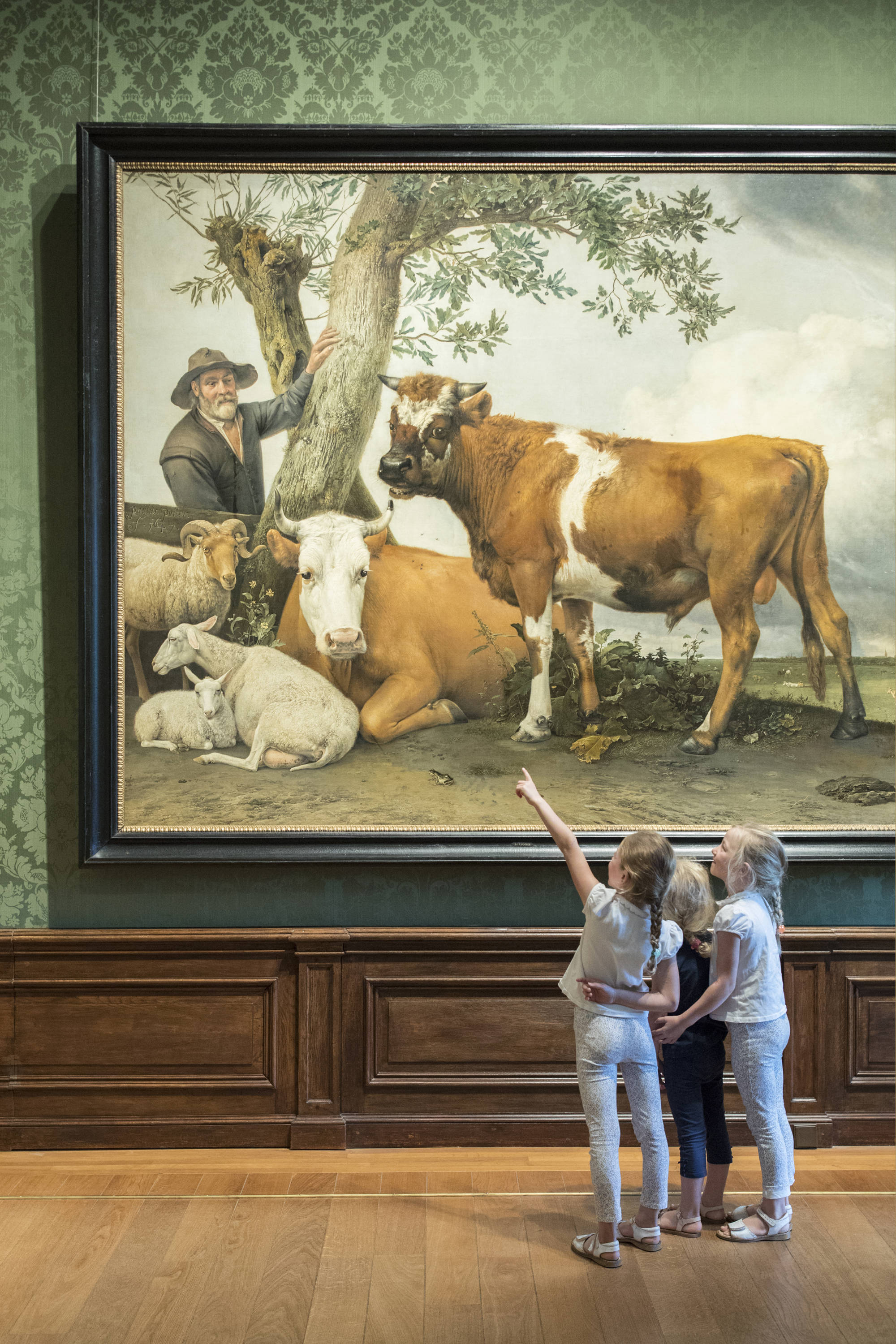
Our museum is like a house filled with stories. If these walls could talk! Over the next year, we'll be sharing all sorts of stories with you - in all sorts of ways. We want to start by telling the most important story of all, one that started exactly 200 years ago: the tale of how the Mauritshuis became a museum. But we're also interested in hearing your stories about the Mauritshuis! Can we count you in? Don't hesitate to send us your story!
Perhaps you have an interesting story of your own to share about your visit to the museum. Or maybe you know someone who has a wonderful tale to tell. A lovely memory. A special photograph. An old letter. A diary entry. A video recording.
In 2022, we will be collecting as many stories that feature our museum as possible. You don’t have to wait until then to share your story, photo or video. Feel free to do so today, by sending an email to [email protected].





